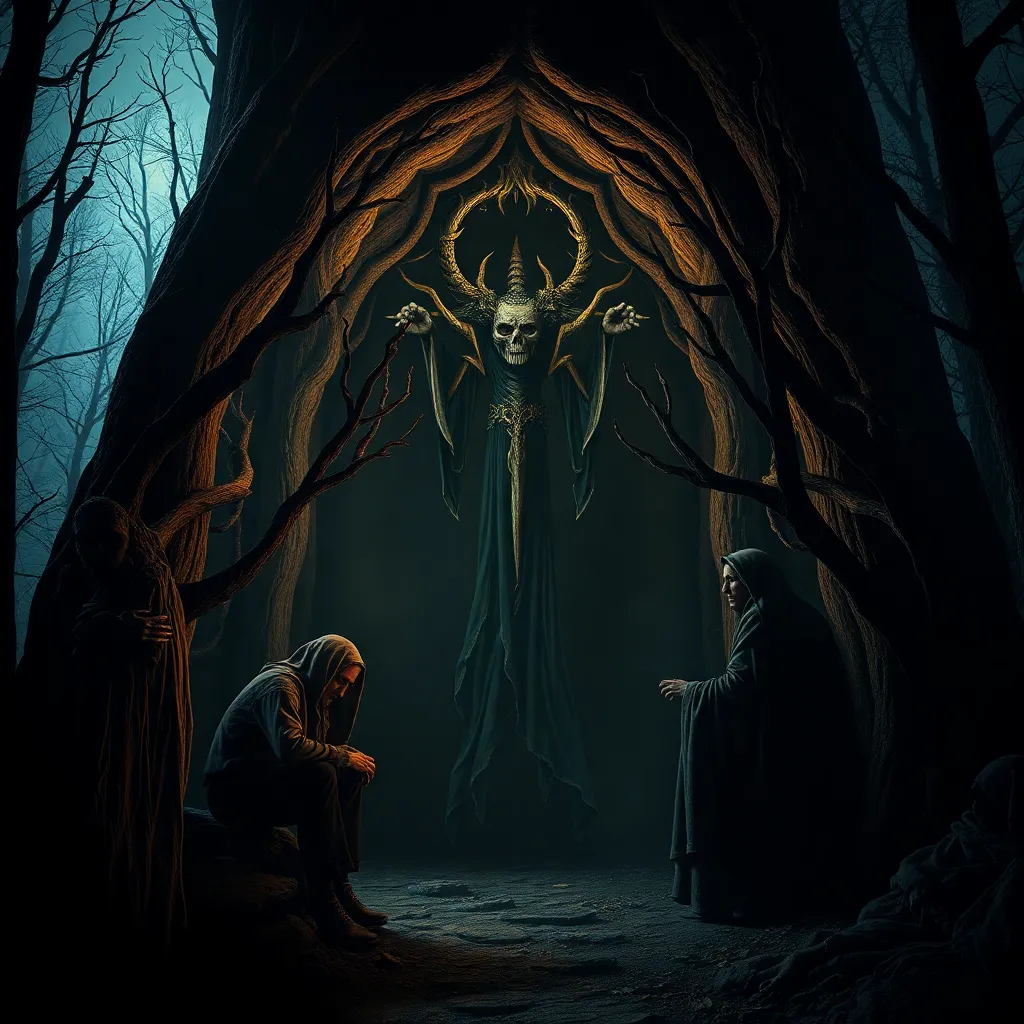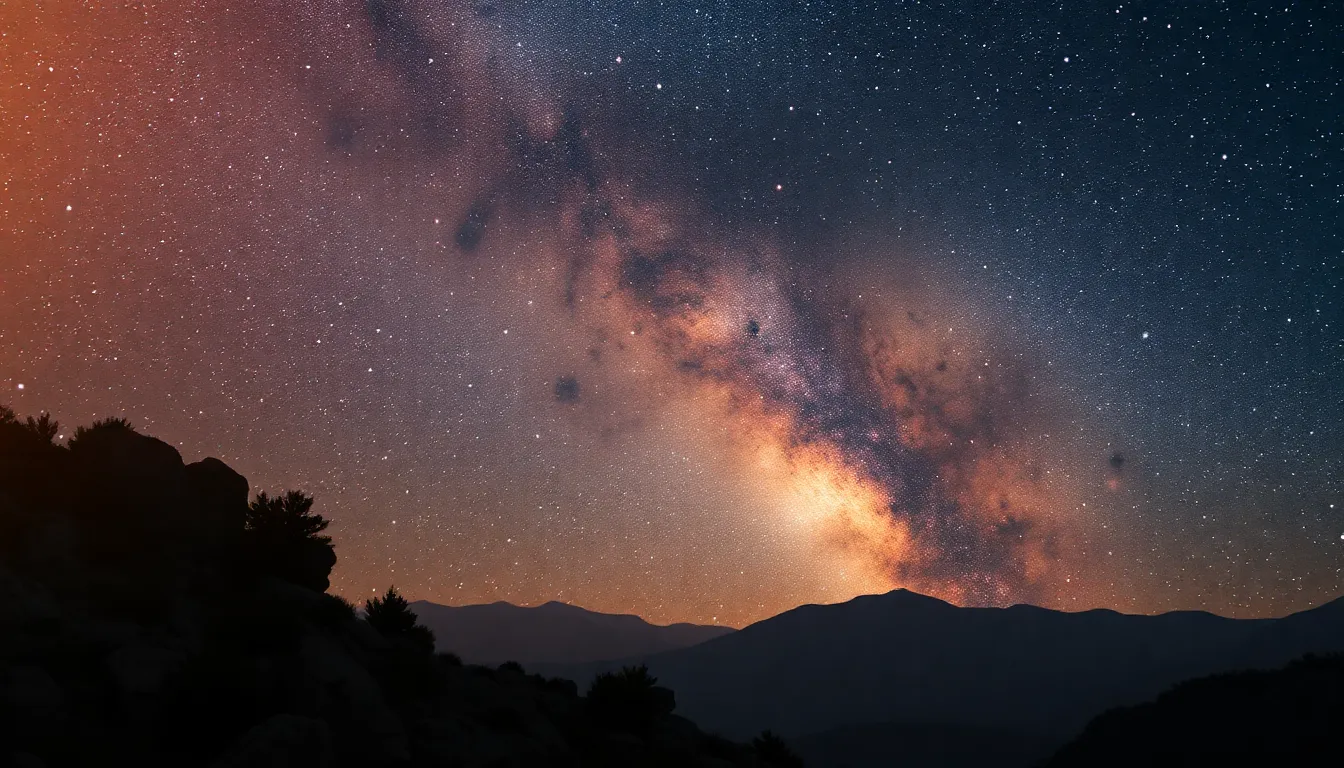Strigoi in Modern Romania: The Persistence of Ancient Beliefs
I. Introduction
The Strigoi are mythical creatures deeply embedded in Romanian folklore, revered and feared as the restless spirits of the dead. Often depicted as undead beings who rise from their graves to haunt the living, the Strigoi symbolize not only the fears of death and the afterlife but also the cultural richness of Romania’s historical narratives. This article explores how these ancient beliefs continue to thrive in contemporary Romanian society, influencing cultural identity, community practices, and modern expressions of art and media.
II. Historical Context of Strigoi Beliefs
A. Origins of the Strigoi myth in ancient Romanian culture
The concept of the Strigoi can be traced back to pre-Christian beliefs in Romania, where they were thought to be the souls of the deceased who returned to the world of the living. The word “Strigoi” is believed to be derived from the Latin word “striga,” which referred to a witch or a female demon. In ancient times, the Strigoi were often associated with misfortunes, illnesses, and unexplained phenomena.
B. Evolution of the Strigoi legend through historical events and cultural exchanges
Over the centuries, the Strigoi myth has evolved, influenced by various historical events, including the spread of Christianity, the Ottoman Empire’s presence, and the interaction with neighboring cultures. As Romania underwent significant changes, ranging from the formation of principalities to the establishment of modern statehood, the Strigoi remained a constant figure in the collective consciousness, embodying societal fears and moral lessons.
III. Cultural Significance of Strigoi in Romanian Society
A. Role of Strigoi in Romanian folklore and storytelling
Strigoi have played a significant role in Romanian folklore, serving as cautionary tales that warn against immoral behavior. Traditional stories often depict Strigoi as figures who were wronged in life, seeking revenge or resolution in death. These narratives are passed down through generations, preserving the cultural heritage of Romania.
B. Impact on community practices and rituals related to death and the afterlife
In many rural communities, the belief in Strigoi influences rituals surrounding death and mourning. Common practices include:
- Waking the deceased to ensure they do not return as a Strigoi.
- Placing garlic in coffins as a protective measure.
- Conducting special ceremonies on specific days, such as the Day of the Dead, to appease the spirits.
IV. Strigoi in Modern Romanian Identity
A. How the Strigoi myth shapes national identity and cultural pride
The Strigoi have become emblematic of Romanian culture, often seen as a symbol of national identity. They represent a connection to the past, reminding people of their roots and the rich tapestry of folklore that characterizes Romanian heritage. The myth encourages pride in local traditions and storytelling.
B. The role of Strigoi in contemporary art, literature, and media
In recent years, the Strigoi have found their way into modern art, literature, and media, serving as inspiration for contemporary works. Authors explore the duality of the Strigoi as both tragic figures and malevolent beings, creating narratives that resonate with modern audiences. Examples include:
- Novels that reinterpret Strigoi legends in a modern context.
- Films that blend horror with cultural storytelling.
- Visual arts that depict Strigoi as symbols of cultural resilience.
V. Field Research: Contemporary Beliefs and Practices
A. Interviews with local residents about their beliefs in Strigoi
Field research conducted in rural areas of Romania reveals a fascinating mix of belief and skepticism regarding Strigoi. Many older residents express a firm belief in their existence, often recounting personal experiences with mysterious happenings attributed to Strigoi. Younger generations, while more skeptical, show a curiosity about these traditions, often viewing them through a cultural lens rather than a literal belief system.
B. Observations of rituals and practices that honor or appease Strigoi
During field visits, various rituals were observed, including:
- Gatherings where stories of Strigoi are shared, especially during family reunions.
- Festivals that incorporate Strigoi themes, such as costumes and folklore performances.
- Visits to gravesites where offerings are made to appease the spirits.
VI. Strigoi in Popular Culture
A. Representation of Strigoi in modern films, literature, and television
Strigoi have permeated popular culture, appearing in various forms of media outside Romania. Films and television series often depict them as vampires or creatures of horror, sometimes distorting the original folklore. This representation has contributed to a global fascination with Romanian myths but has also led to misunderstandings about the cultural significance of Strigoi.
B. Analysis of how these portrayals affect public perception and belief
The portrayal of Strigoi in popular culture has led to a complex relationship between traditional beliefs and modern interpretations. While some celebrate these depictions as a means of cultural promotion, others express concern that they oversimplify and commercialize deeply rooted traditions. This dichotomy raises questions about authenticity and the future of folklore in a globalized world.
VII. The Intersection of Tradition and Modernity
A. The influence of globalization and modernization on ancient beliefs
Globalization has introduced new ideas and values to Romania, impacting how ancient beliefs like those surrounding the Strigoi are perceived. While some traditions may diminish in significance, others adapt and find new meanings in contemporary contexts. This dynamic interaction highlights the resilience of Romanian culture.
B. Examples of how traditional beliefs adapt to contemporary life
Today, many Romanians incorporate Strigoi beliefs into their lives in modern ways, such as:
- Using social media to share folklore and personal experiences related to Strigoi.
- Participating in cultural festivals that celebrate and reinterpret Strigoi legends.
- Creating artistic expressions that blend traditional folklore with modern themes.
VIII. Conclusion
The enduring nature of Strigoi beliefs in Romania speaks to the strength of cultural heritage in an ever-changing world. As Romania continues to navigate the complexities of modernization and globalization, the Strigoi will likely remain a vital part of its folklore, providing a link to the past and a source of identity for future generations. Preserving these ancient beliefs is essential for maintaining cultural diversity and understanding the human experience across time.



